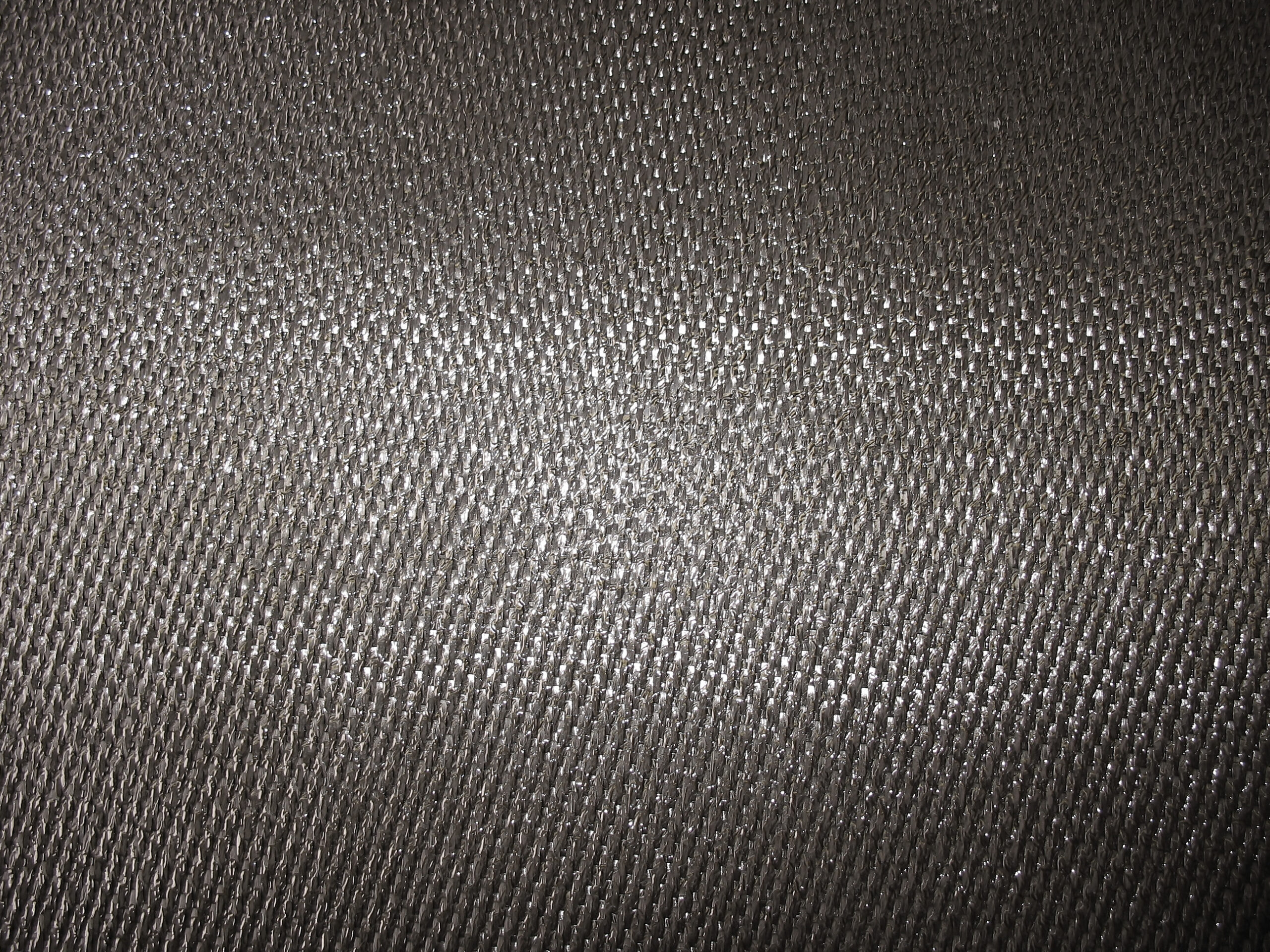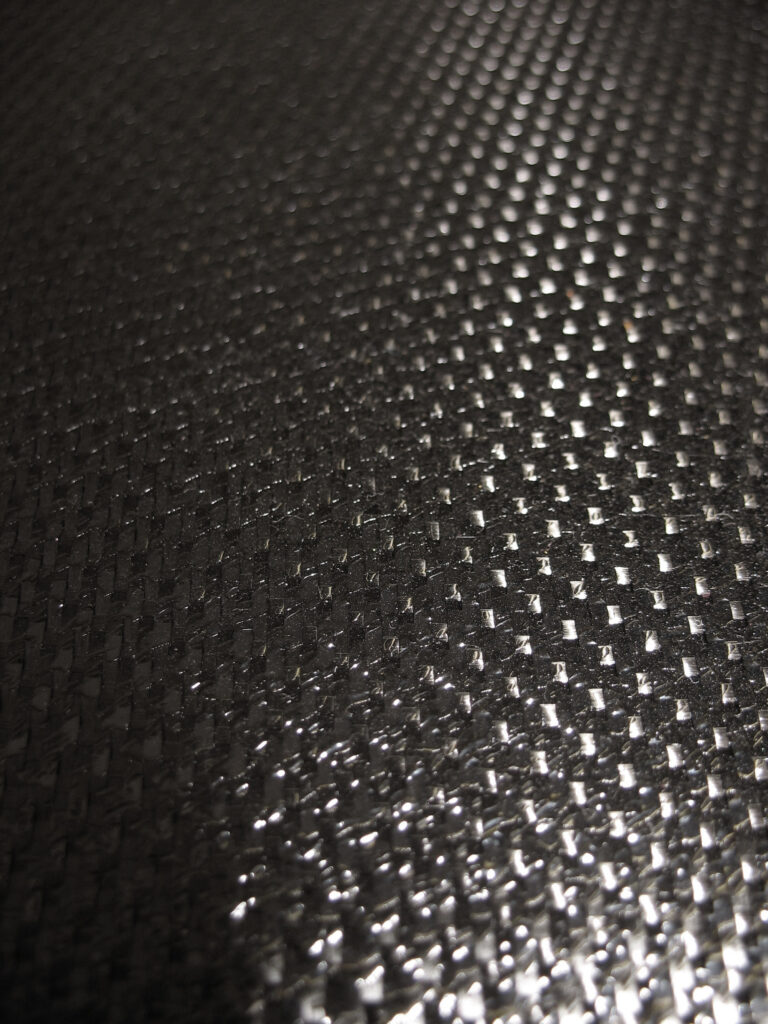Natural Ways to Eliminate Mold in Your House
Introduction to Mold and its Dangers
Mold is a type of fungus that grows in damp, dark places. It can be found both indoors and outdoors, and it thrives on moisture. While mold is not always dangerous, some types of mold can cause health problems such as allergies, asthma, and respiratory infections. People with weakened immune systems are particularly at risk from exposure to mold. That’s why it’s essential to eliminate any signs of mold growth in your home as soon as possible.
Natural Remedies for Eliminating Mold
There are several natural remedies you can use to get rid of mold in your house:
1. Vinegar – Mix equal parts vinegar and water and spray the solution onto affected surfaces. Let it sit for 15 minutes before wiping off with a clean cloth.
2. Baking soda – Create a paste by mixing baking soda with water and apply it directly to the moldy area. Leave it overnight and then scrub away with a brush or rag.
3. Tea tree oil – Add a few drops of tea tree oil to a cup of water and spray the mixture onto affected areas. This will help kill the mold and prevent further growth.
4. Lemon juice – Cut up a lemon and rub the fruit onto the affected surface. The acidity in lemons helps break down mold and kills it naturally.
Step-by-Step Guide to Getting Rid of Mold Yourself
Here’s how you can remove mold yourself:
1. Identify the source of the problem – Find the source of the mold growth and address it immediately. If there is standing water or humidity issues, fix them first.
2. Prepare the area – Cover surrounding surfaces with plastic sheeting or dropcloths to protect them from splashes or spills. Put on gloves, goggles, and an N95 mask to avoid breathing in mold spores.
3. Remove visible mold – Scrub the affected area thoroughly using one of the natural remedies mentioned above. Be sure to wear appropriate safety equipment during this process.
4. Disinfect the area – After removing the visible mold, disinfect the remaining stains with a bleach solution (one part bleach to ten parts water). Allow the solution to dry completely.
5. Prevent future growth – To prevent future mold growth, make sure to keep your home well ventilated and free of excess moisture. Use dehumidifiers if necessary, and repair any leaky pipes or roofs promptly.
Preventing Mold Growth in the Future
To prevent mold growth in the future, here are some tips:
1. Keep your home dry – Fix any sources of leaks or condensation, including dripping faucets, clogged gutters, or cracked walls. Ensure proper ventilation in bathrooms and kitchens where steam accumulates.

2. Control humidity levels – Maintain indoor relative humidity between 30% and 60%. You can use a hygrometer to measure the level of humidity in your home.
3. Clean regularly – Wipe down surfaces prone to mold growth, like shower tiles and windowsills, with a mild cleaner.
4. Rotate furniture – Move furniture occasionally so that it doesn’t remain in one place for too long. This allows air to circulate better and prevents mold buildup.
FAQs About Mold Removal
What should I do if I find mold in my house?
If you discover mold in your home, don’t panic. Start by identifying the source of the problem and fixing it. Then, follow the steps outlined earlier to remove the mold safely and effectively.
Is it safe to use bleach to remove mold?
Bleach can be effective against certain types of mold but must be used carefully. Always dilute bleach with water according to the instructions on the label, and never mix bleach with other chemicals. Make sure to wear appropriate safety equipment when handling bleach.
How often should I clean my house to prevent mold growth?
The frequency of cleaning depends on factors such as household size, pets, and location. However, experts recommend cleaning high-risk areas like bathrooms and kitchens weekly, while vacuuming carpets and upholstery monthly. Additionally, you should take measures to control humidity levels and ensure adequate ventilation throughout your home.




